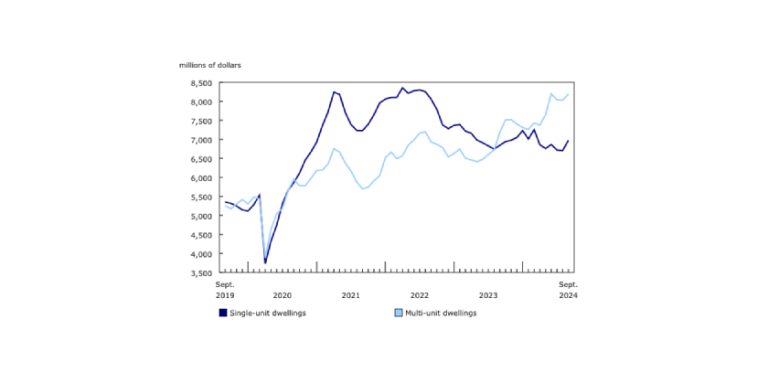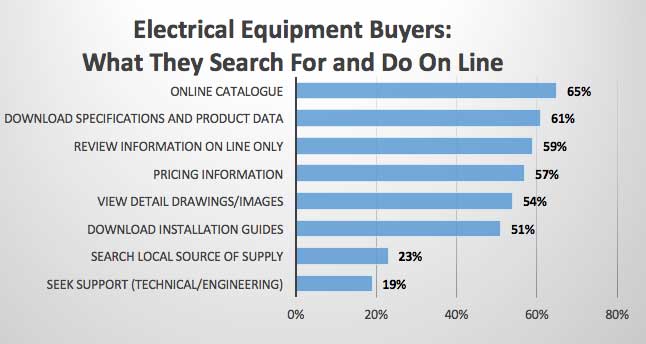Test Your Telephone Effectiveness: Are Your Phone Practices Winning or Losing Customers?

Sept 30, 2018
By Jeff Mowatt
If your customers aren’t impressed by you or your co-workers on the telephone, they can switch businesses by merely hanging up and dialing the competition. So, your telephone skills can have a significant impact on your business and your career.
To find out how you and your co-workers are perceived, take this telephone test. While you’re at it, have a friend make a “mystery call” to see how your fellow employees measure up.
1. How long does it take you and/or your switchboard operator to answer the phone?
a) 5 rings or less
b) 3 rings or less
c) under three rings
After two rings, callers are wondering what’s going on. Your phone should be answered in person by the second ring or by your voicemail system by the fourth ring.
2. Do you answer your phone with any of the following?
a) “Hello.”
b) “(Company name only)”
c) “(last name only)”
d) “Good afternoon, this is (your full name), how can I help you?”
All of these greetings have flaws. A, B, and C are too abrupt and don’t provide enough information. D is too wordy and dissuades callers from identifying themselves because it encourages them to get to the point rather than saying their name. Plus it forces you to check the clock to see if it’s before or after noon. A better greeting is, “Thank you for calling ABC Company. This is John.” If you are taking a call that’s transferred to you, then always identify yourself as you wished to be addressed. Whether you choose to identify the department is optional.
3. Have you ever said, “Please hold” to a caller?
a) yes
b) no
Never put a caller on hold without asking for their permission, and then waiting for their response. Putting customers on hold without their consent is a sure-fire formula to lose customers.
4. How long does it take a person on hold to become annoyed?
a) 2 minutes
b) 30 seconds
c) 1 minute
d) 17 seconds
Studies show that after only 17 seconds, callers on hold become annoyed. The exception is when the greeter explains why the caller is being asked to hold and provides the estimated time required. Knowing beforehand how long they can expect to wait reduces the chance of annoyance, particularly among long distance and cellular phone callers. Another option to prevent frustration is to offer the caller the choice of either holding or hanging up and having their call returned within a brief, specific time period.
5. When you’re talking on the phone while a visitor walks in, who gets priority?
a) the visitor
b) the caller
The person who made the effort to show up in person gets priority. That means you need to interrupt the caller. The quickest way to get that caller’s attention is to use their name. “George, I have someone who just walked in. Can I ask you to hold for a moment?” Wait for their agreement. Then acknowledge the visitor, tell them you’ll be a moment, and wrap up your telephone conversation.
If you’re talking to a customer in person when the phone rings, then get someone else to answer the phone, or use voicemail. Abandoning customers to answer the phone is downright rude and is a guaranteed way to lose customers. As obvious as this seems, it’s one of the most common blunders in customer service.
6. When receiving a call for a co-worker, how are you most likely to respond?
a) “Susan’s not in right now, so I’ll have to take a message.”
b) “Susan’s still at lunch. Can I take a message?”
c) “Susan’s should be back soon. Could you call back in about 15 minutes?”
All of these statements have flaws that make the greeter sound unhelpful and unprofessional. Consider each response.
Response a) “I’ll have to take a message” makes it sound like an inconvenient chore. Instead, change two words: “I’ll be happy to take a message.” The bonus is that you don’t work any harder but you convey the impression of someone with a terrific customer service attitude.
Response b) It’s completely irrelevant that the co-worker is at lunch. The caller might be thinking, “That’s a long time to be at lunch.” It’s also irrelevant whether your coworker is “in a meeting” or “with a customer” or “busy”. The only relevant information is they’re not coming to the phone. Therefore, “Susan is not available right now” is the most appropriate response, followed by, “I’d be happy to take a message.”
Response c) Asking a caller to phone back later gives the impression that you’re too lazy or disorganized to take a message. This gives a potential customer a terrific excuse to call your competitor. ’Nuff said.
The training solution
If you’re like most managers and business owners, you’ll probably find that when you assess the phone practices within your organization, there’s room for improvement. The good news is that with just a little training, it’s easy to develop the skills that ensure that your customers keep coming back.
This article is based on the bestselling book, Influence with Ease by Hall of Fame motivational speaker, Jeff Mowatt. To obtain your own copy of his book or to inquire about engaging Jeff for your team, visit www.jeffmowatt.com.
















